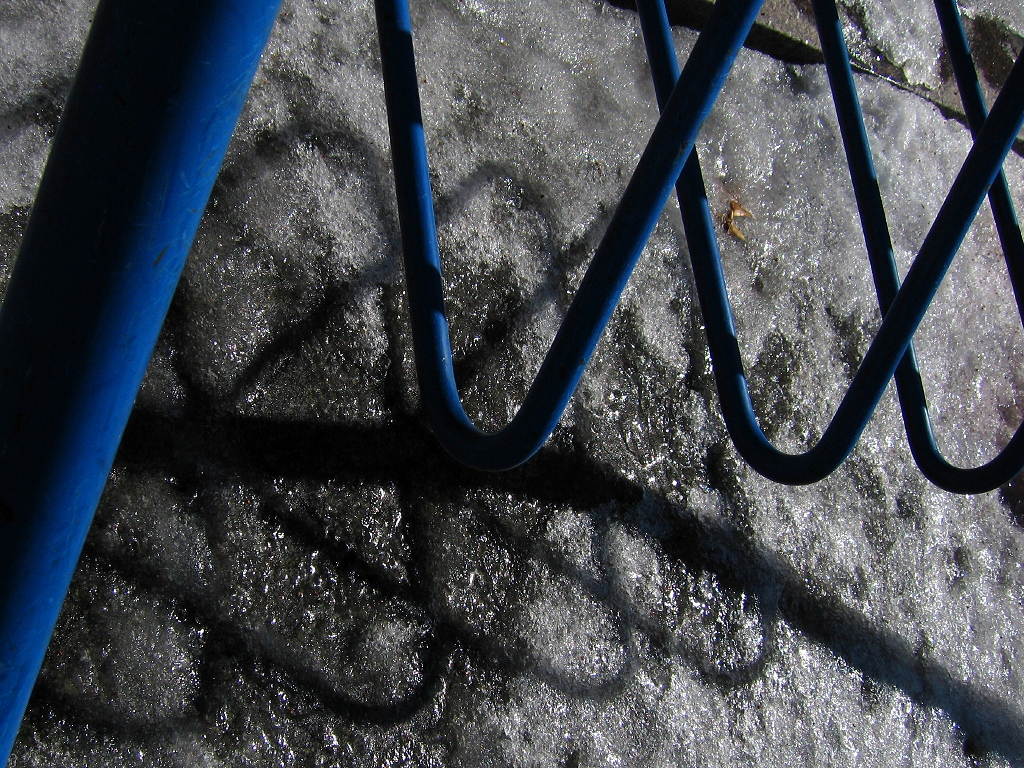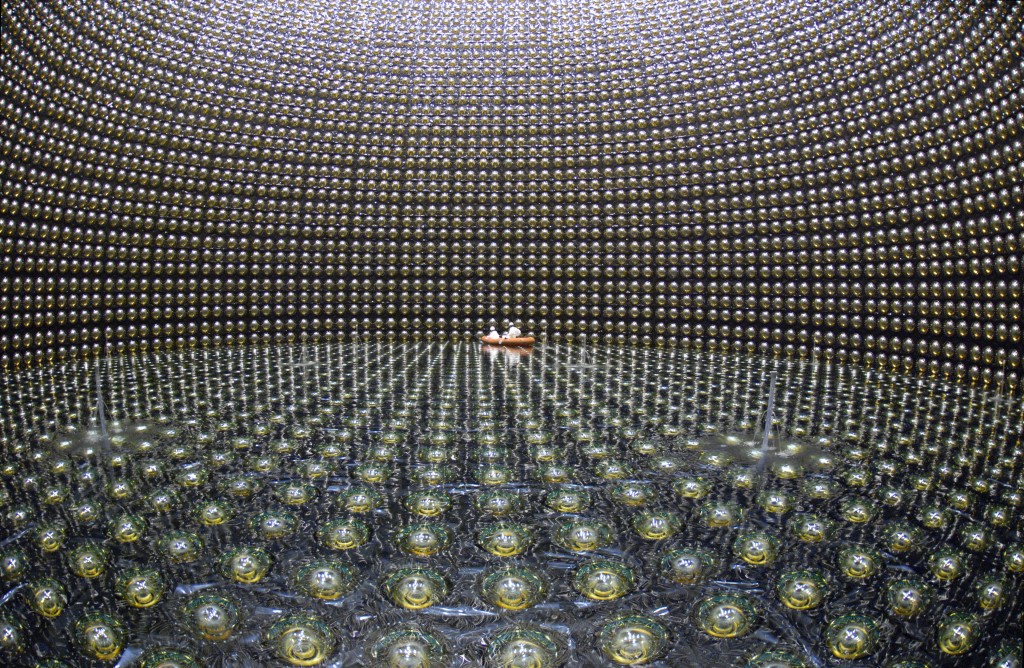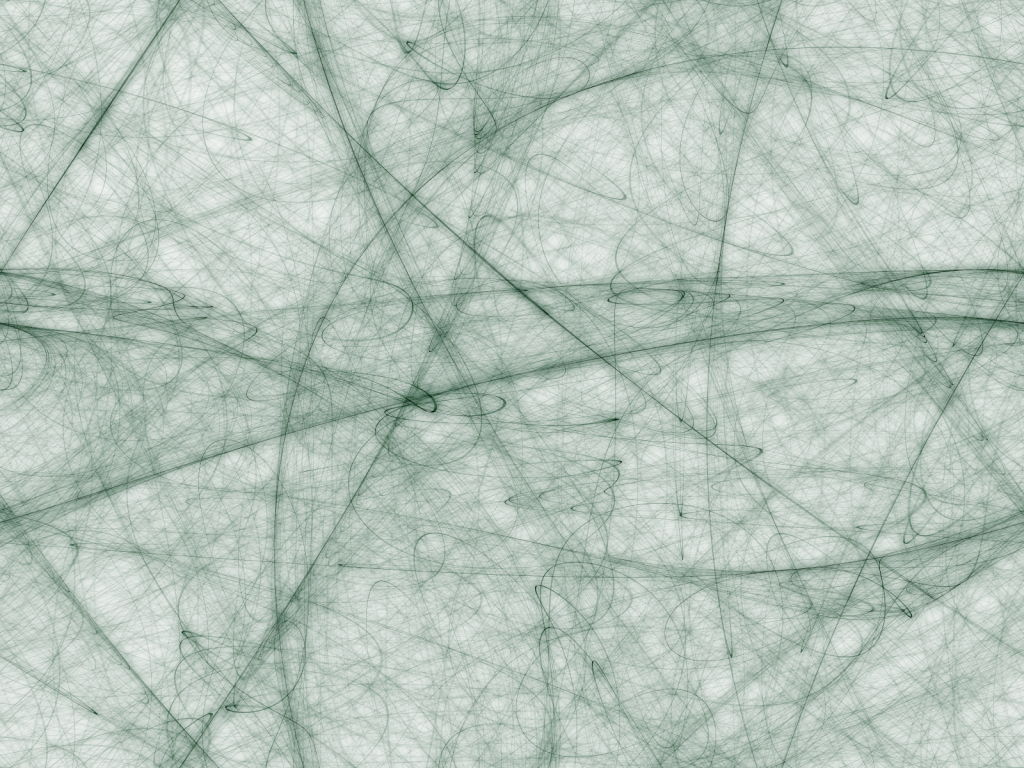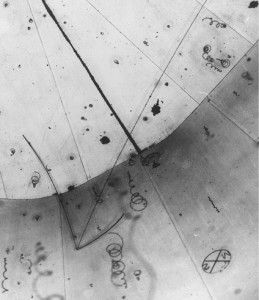 I’ve kept an eye on neutrinos ever since I heard, back in the mid-1980’s, that not enough of them were coming out of the sun; this sounded serious. It turned out that the sun was behaving itself but the neutrinos weren’t. On its way out of the sun, any given neutrino was changing into three different neutrinos, depending on when and where you saw it. Particle physicists call this oscillation. I call it bad acting.
I’ve kept an eye on neutrinos ever since I heard, back in the mid-1980’s, that not enough of them were coming out of the sun; this sounded serious. It turned out that the sun was behaving itself but the neutrinos weren’t. On its way out of the sun, any given neutrino was changing into three different neutrinos, depending on when and where you saw it. Particle physicists call this oscillation. I call it bad acting.
Neutrinos have been trouble since day one. First a physicist, trying to explain something weird an atom was doing, broke a rule of good physics and made up neutrinos out of whole cloth; later he said he was sorry. Second, contrary to every reasonable expectation, neutrinos were found. Third, they were found to oscillate, which required physicists to re-jigger their Standard Model, the rules of behavior followed by every other sub-atomic particle and summed up in a chart famous for tidiness and order.
Physicists took the next few decades to pin down oscillation, meaning that first they had to detect the neutrinos. The problem is that neutrinos are extremely elusive. The reason is that they’re immune to two of the universe’s four forces: so unlike other particles, neutrinos are not attracted, they’re not repelled, they’re not scattered, they just zip around undeterred. Physicists use the word, “ghostly;” they say that neutrinos “rarely interact.” Something that hardly interacts can hardly be detected.
 Luckily for physicists, the number of neutrinos is extraordinarily large: gazillions zip through your body every second. So physicists can detect a handful of neutrinos if they build big enough detectors: detectors bigger than houses or football fields, detectors that can be installed only in gold mines or nickel mines or under Antarctica or under mountains. As of a few years ago, physicists were fairly satisfied that they understood the neutrino.
Luckily for physicists, the number of neutrinos is extraordinarily large: gazillions zip through your body every second. So physicists can detect a handful of neutrinos if they build big enough detectors: detectors bigger than houses or football fields, detectors that can be installed only in gold mines or nickel mines or under Antarctica or under mountains. As of a few years ago, physicists were fairly satisfied that they understood the neutrino.
They were wrong, or they’re in more danger of being wrong than is comfortable. A decade ago, some theorist thought that the neutrino might occur not in three different types, but in four. Theorists are always saying things like this, and experimentalists had to run a little experiment. Their results couldn’t rule out a fourth kind of neutrino — called “sterile,” because it was immune to three of the universe’s four forces and therefore interacted even less.
The small experiment had been done not with neutrinos but with their anti-matter counterparts, anti-neutrinos. In the Standard Model, all particles have corresponding anti-particles. If the two ever collide, they’d blow up like bombs and annihilate each other; but otherwise, their behavior is exactly the same. Anyway, to check the small experiment, Fermilab set up a bigger one, only with neutrinos. It didn’t find any sterile neutrinos. So Fermilab set up another one, this time with anti-neutrinos and this time they found what looked like sterile anti-neutrinos. Meanwhile, a French neutrino detector seems to be producing too few anti-neutrinos, again hinting that some anti-neutrinos might be sterile.
 This is all unsettling. Anti-neutrinos aren’t supposed to behave differently than neutrinos. And the symmetry of the Standard Model isn’t going to be so pretty, what with sterile (anti)neutrinos hanging off the edge of the chart — though I’m guessing the Standard Model is robust, it’s been tinkered with before and survived. So physicists have some work to do. But the stakes are high: sterile neutrinos and anti-neutrinos would be excellent candidates for the dark matter that makes up 30 percent of the universe (light matter, including us, is some insignificant sub-1 percent fraction) and that is the subject of frenzied and so-far fruitless research everywhere. Neutrinos: being bad once again, goofing around with the foundation of the universe.
This is all unsettling. Anti-neutrinos aren’t supposed to behave differently than neutrinos. And the symmetry of the Standard Model isn’t going to be so pretty, what with sterile (anti)neutrinos hanging off the edge of the chart — though I’m guessing the Standard Model is robust, it’s been tinkered with before and survived. So physicists have some work to do. But the stakes are high: sterile neutrinos and anti-neutrinos would be excellent candidates for the dark matter that makes up 30 percent of the universe (light matter, including us, is some insignificant sub-1 percent fraction) and that is the subject of frenzied and so-far fruitless research everywhere. Neutrinos: being bad once again, goofing around with the foundation of the universe.
Aside #1: The other 70 percent of the universe is even worse than dark matter. It’s called dark energy and you’ll just have to ask Richard about it because I can’t deal with it right now.

Aside #2, another science metaphor: “Interact” is a perfectly good common-usage word, meaning you work with someone or run into someone and you converse. But in physics, “interaction” means two entities, like two particles, approaching each other until they come under each others’ influence, and then leaving with entirely different trajectories, energies, even names. As a definition of a conversation, this is enlightening and a little disturbing. Let alone the definition of “sterile” as “not interacting” — that’s raising the bar on conversation way too high. I might get out of the metaphor business.
Credits: oscillatory art, atomicity; neutrino detector with tiny red boat with people in it, M*Pgh; neutrino interaction art, David Trowbridge; actual neutrino interaction, Argonne National Laboratory
Added to the mountain, mine and Antarctica list: the Mediterranean Sea. In order to make a neutrino detector there feasible, they had to solve the notorious “flashy-bug problem” — luminescent underwater fauna that far outshone the signal.
Oh yes flashy bugs! Also the same outfit was syncing sound sensors with the neutrino detectors, and some of the clicks they heard were unidentifiable until the physicists brought in biologists, who found the clicks were coming from whales nobody knew were there. So the first detections were not physical/astronomical but biological.
Interesting comments. If I may add something:
As a grad student at Lick Observatory in the late 70s, we heard a lot about the “missing neutrinos.” The physicists pretty much dismissed the astronomers predictions of the number of neutrinos coming from the sun, because after all, we are astronomers and not physicists. One person said of the predictions “Oh, that’s just astrophysics.” John Bahcall was quite sure of his models though.
The other comment is that we are seeing perhaps something similar again. The WMAP data is showing that there are 4 neutrinos and not 3. This may seem esoteric, but it is not. When the Universe was really hot, every particle shared equally in the total energy of stuff. This is called thermodynamic equilibrium. If there are 4 neutrinos, then the extra neutrino will drain away 25% of the energy expected from the neutrino population which will change the cosmic microwave background radiation as seen by WMAP.
Wow, Nick, I didn’t know that WMAP was seeing 4 neutrinos! Is that pretty certain — i.e., do neutrinos have some sort of signature in the data? — or is it a reasonable explanation of some sort of deficit in the background? Does the last part of that sentence even make sense?
And by the way, I feel honored to have such as yourself reading our posts, let alone commenting on them.